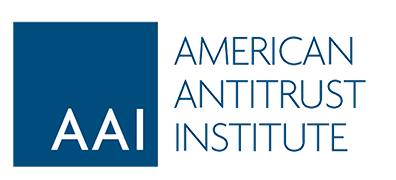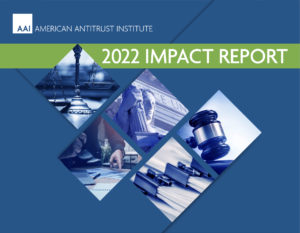In this podcast episode, AAI’s former Vice President of Legal Advocacy Randy Stutz talks with Howard Law Professor Andy Gavil and George Washington Law Professor Bill Kovacic about institutional dynamics that can affect efforts to shift policy and initiate reform from within the federal antitrust agencies. The three discuss lessons from previous efforts to implement significant policy reforms in the 1970s and 1980s (4:05), the challenges of effectively exercising prosecutorial discretion in the face of limited agency resources (13:35), leveraging the FTC’s recent policy statement on Section 5 Unfair Methods of Competition authority (23:35), practical considerations in revising merger guidelines that have been accepted by courts and enshrined in case law (38:55), and whether and under what circumstances agency leaders should be willing to run the risk of losing big cases (52:00).
MODERATOR:
Randy Stutz, Former Vice President of Legal Advocacy, American Antitrust Institute
GUESTS:
Andrew I. Gavil, Professor of Law, Howard University Law School
William E. Kovacic, Global Professor of Competition Law, The George Washington University Law School



